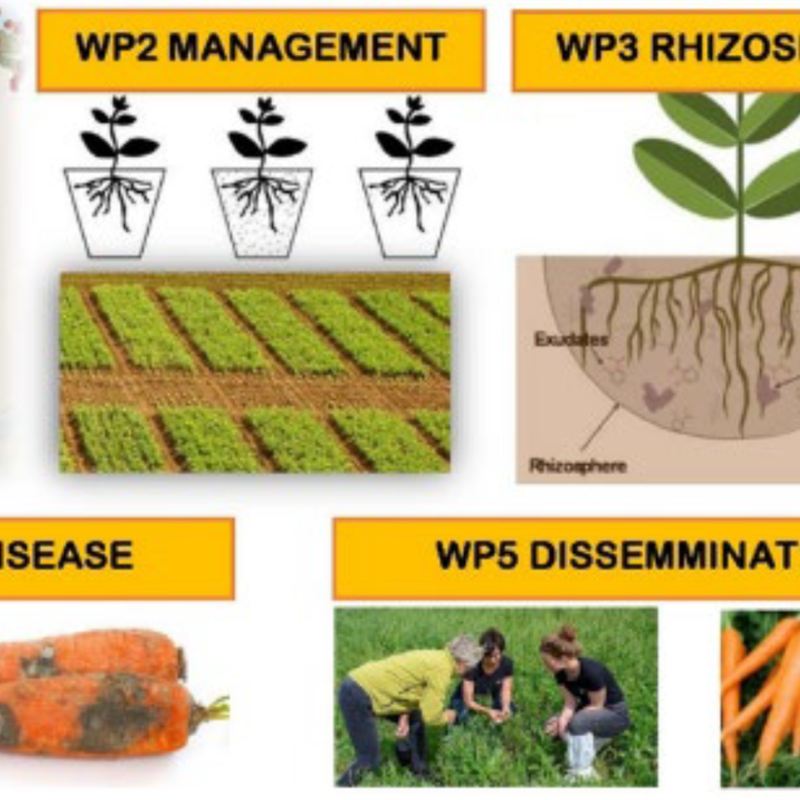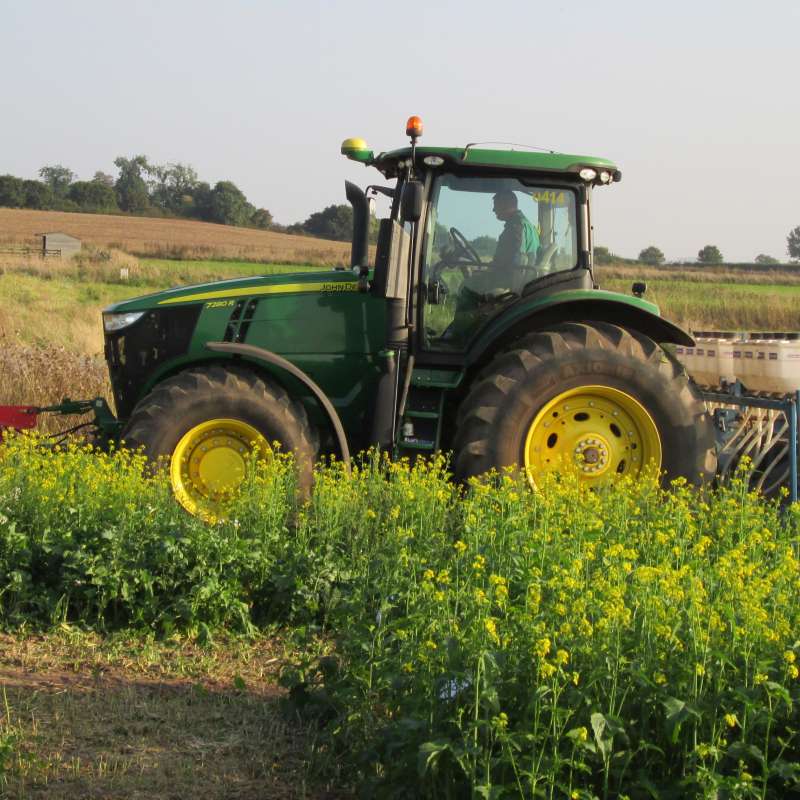Birgit Schaller
Engineer
Abstract
No abstract has been registered
To document
Authors
Christer Magnusson Ari Hietala Per Hansen Eva Solbjørg Flo Heggem Irene Rasmussen Birgit Schaller Marte Persdatter Tangvik Ben Z HellalAbstract
No abstract has been registered

Division of Biotechnology and Plant Health
ImpACT of nematodes in Carrots
Norwegian carrot production has doubled in the last 20 years and impressively covers over 90% of the market. However, this intensive carrot production has caused a build up of pests, such as plant parasitic nematodes.

Division of Biotechnology and Plant Health
Green crop protection: Cruciferous plants as a green alternative to chemical pesticides in cereals
Cereal plants infested with plant pathogenic fungi or nematodes may have reduced grain quality and yield. These diseases can partly be controlled by using chemical pesticides. The purpose of this project is to identify "green" methods to mitigate plant pathogenic fungi and nematodes in cereals, as an alternative to chemical pesticides.
